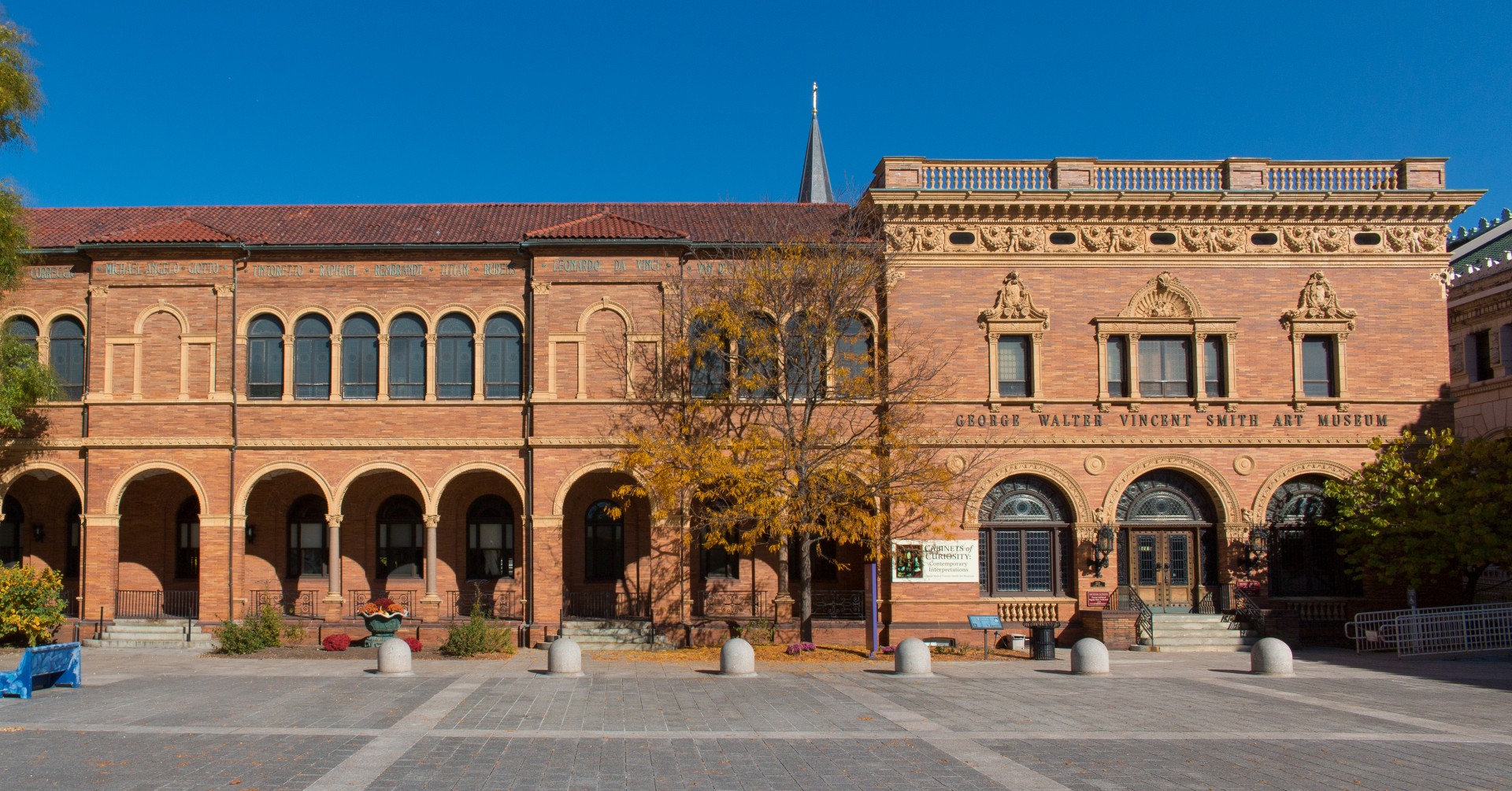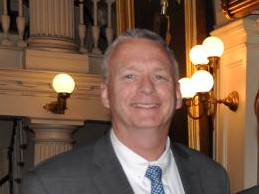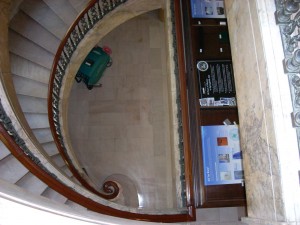Take My Council, Please: The Time Has Come to Be Blunt…
SPRINGFIELD—With a lighter agenda on Monday compared to recent weeks, the City Council dispensed with a series of financial orders and legislation before the home stretch of the election. Only the Council and School Committee are on the ballot this year. Little at recent meetings has been central to the campaign. Rather, the more defining element was the meeting’s prompt completion in under an hour.
While no stranger to mega-agendas, the Council had to break up one earlier this Fall as a meeting dragged on. The body has handled hefty agendas pre-pandemic but the inefficiency and fatigue of Zoom sessions have begun to take a toll. A rule change to terminate meetings at 10pm—absent consent to go longer—has only underscored this point.
At-large Councilor Kateri Walsh was absent from Monday’s meeting.
Council President Marcus Williams opened the meeting by dedicating the moment of silence to Charles Ryan, the two-tenure Springfield mayor who died the same day.
At-large Councilor Jesse Lederman presented two reports of committee. From the COVID-19 committee, he described the launch of the city’s youth vaccine outreach panel. For the Sustainability Committee, he reported on a meeting with Eversource. At-large Councilor Tracye Whitfield, who chairs the Finance Committee, said most of the financial orders had clear scrutiny of her panel.
Councilors sent a trio of utility petitions to committee.
They moved on to financial items and approved a $400,000 grant that will help implement of master plan for Blunt Park. Parks & Recreation Chief Patrick Sullivan told councilors the funds will cover the first phase. The work will include ball field irrigation, playground equipment, lighting, a splash pad and picnic areas. Community Preservation Act (CPA) funds will go toward a Stone Soul marker, a reference to the annual festival held in the park. Sullivan added that phase 2 would include renovation of the track.
Sullivan also detailed a $100,000 grant for Camp STAR Angelina to make Porter Lake accessible for camp recreation. In response to a question from Lederman, Sullivan said Porter Lake is not swimmable due to synthetic fertilizer runoff. However, he said he was working to encourage home owners to switch to natural fertilizers that would not affect water quality and safety. The city has begun to do so itself.
In addition to this grant, the Council accepted nearly $75,000 for the Elder Affairs Department. Smaller grants for parks and libraries also received councilors’ approval.
Deputy Chief Administrative & Financial Officer Lindsay Hackett requested the Council continue a $5 million Section 108 loan. The Council agreed. Such loans are from the US Department of Housing & Urban Development. A borrower pays the feds back, but the city guarantees the loan via its annual Community Development Block Grant funds. The total amount available for loans is a function of the city’s CDBG entitlement.
After discussion about how the School Department is spending American Rescue Plan Act funds, the Council approved an additional allocation of education funds from the state. Although the Council cannot alter the School Department budget, it exists within the overall budget. Thus, if the total school appropriation changes, the whole city budget changes, necessitating Council approval.
For many of the preceding financial orders, Ward 8 Councilor Orlando Ramos abstained. He also serves in the legislature and generally cannot vote, as a councilor, to accept funds he appropriated as a rep.
Councilors approved CPA funds for a housing renovation in the North End on Main Street. Ramos, who had previously raised concerns about compliance with city wage theft and safety rules, said the project will be tapping city incentives. Existing rules cover such tax breaks.
The body gave final approval to an amendment of the Quadrangle-Mattoon Street Historic District. When the city first erected the district decades ago, properties of the then-Springfield Library and Museum Association and Catholic Church were exempt. Subsequent litigation clarified that only properties both organizations owned at the time fell outside the district. The association’s George Walter Vincent Smith Museum (GWVSM) was one such exempt structure.
The association recently sought and received CPA funds for repairs. However, the city’s CPA committee, as a matter of practice, prefers historic preservation funds they dole out do not go to waste. One way to do that is establishing a historic district. The ordinance the Council passed effectively amends the Mattoon-Quadrangle district to include the GWVSM.

Ready for an upgrade–and preservation. (via springfieldmuseums.org)
The city has been on something of a tear when it comes to erecting new historic districts. Most it has created in the last five years exist to comply with the CPA committee’s practice.
The Council approved a tax incremental financing (TIF) deal with Duc-Pac. The steel duct company currently operates in East Longmeadow . Deputy Director of Economic Development Brian Connors said 43 jobs would move to Springfield at a Page Boulevard facility near I-291.
Connors explained the TIF only cedes additional taxes that would result from the improvements to the property. Baseline taxes will remain. He said the purpose was to assist the company in financing the relocation and would run for the minimum term available, five years.
Ramos said the business is aware of the city’s TIF ordinance requiring compliance with wage and safety laws. The East Springfield Neighborhood Council has given the project its blessing.
The vote to approve was unanimous. The final item, a referral to the Planning Board, required no Council action.
The smoothness of the meeting was due to the simplicity and brevity of the agenda. While the Springfield City Council has never had meetings as snappy as Chicopee, it has avoided the interminable nature of Holyoke’s Council meetings. The issue is not just the pandemic, but how long it has been virtual. In the pandemic’s first year, virtual meetings were longer but manageable. But just as individuals cannot sustain COVID restrictions indefinitely, neither does the Council have the energy to sustain remote sessions forever.
Until it is willing to go back, perhaps it needs to meet more often with shorter agendas like this week’s.


